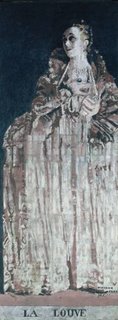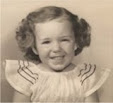
Unless you’ve been living on one of the outer planets since the 10th of this month, you know that a plot was uncovered to blow up a dozen or so airliners on their way from London to the U.S. Apparently the wannabe bombers who were arrested on the 10th had purchased tickets to fly Wednesday the 16th, by amusing coincidence (depending on how easily amused one is) the day I’m flying back to the States.
I’m assuming if anyone’s really worried about any bombers still at liberty holding tickets for that date and capable of smuggling explosives onto planes in the face of the security regulations currently in place (making something of a case for full body cavity searches across the board – “Welcome to British Airways, the world’s best-loved airline. Now bend over”) they’ll cancel all flights to the U.S. that day. Of course if they do I’ll be moving into the International Departures lounge at Heathrow, since my neighbor Steven will be moving into my room before the bed’s cool. His present room is even smaller than mine, and he’s trading up.
I was on the Tube on Thursday morning as all this was developing, and the driver announced that anyone who was on their way to Heathrow should call their travel agent and find out if their flight had been cancelled before going to the airport. About five minutes later he came on again and said anyone who was on their way to Heathrow should just turn around and go back. MI5 considers the U.K. to be under attack, the threat level (yes, they have that here, too) is Critical, and BA is cancelling 30% of their short-haul flights to keep their terminal staff from imploding under the pressure of thousands of cranky customers, thereby creating thousands more cranky customers. Still the city remains reasonably cheerful, and Tony Blair didn’t even come home from the Caribbean - I think he’s taking George Bush lessons by correspondence. There’s a deputy Prime Minister, but when all this came down the Home Secretary told him to go play on the motorway and took over the government.
So just another week in Old Blighty, thankfully a cool and rainy one. If I don’t see you in the Blogoverse before that time, I’ll be seeing some of you in Seattle on Wednesday afternoon. Remember, the best cure for jet lag is paneer butter masala with an order of garlic naan, and some baklavah with Lebanese coffee for dessert. Keep ’em flying.





